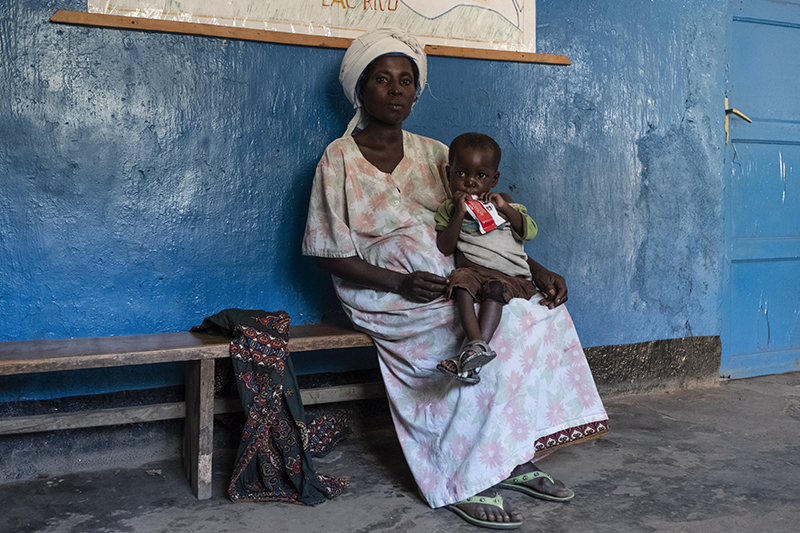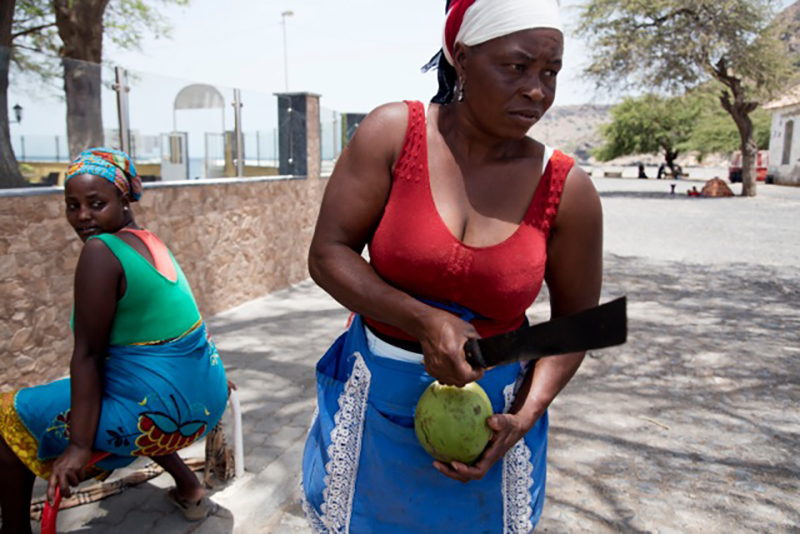For the 57,000 people who live scattered across a territory about three times the size of Texas, with no roads to connect most settlements and snow more than half the year, mining is one of few economic opportunities. A former Danish colony, Greenland has had home rule since a 2009 referendum, and it remains heavily dependent on a $600 million annual subsidy from Denmark.
The captions are from Saskia de Rothschild’s article appeared on September 7, 2015, on page A4 of the New York edition of The New York Times with the headline: In Greenland, Farmers Torn Over Mining for Minerals.

Only one mine in Greenland is currently being constructed. Reaching it requires a four-hour boat ride from Nuuk, the country’s capital, along a
barren coast and glaciers, to the Aappaluttoq deposit, where miners drill for pink sapphires and rubies. “It’s a small project but an important one
because we are the first,” said Jens B. Frederiksen, executive vice president of True North Gems Greenland, a Canadian-owned mining company.
“We want to be pioneers and show how mining can be done in a sustainable way in favour of the locals.”

Since 2013, the ministry has reviewed hundreds of mining license requests and is now moving forward with five of them,
aiming to have up to 10 mines operating by 2018 and seeking new deposits.

Employing a crew of 30, the mine should be operational by fall. Construction of the living facilities is in its final phase.

An employer working in the construction site in Aappaluttoq deposit.

There are only three women on site: the two camp cooks and Eva Lange, a 35-year old trainee who just graduated from a Masters in arctic
engineering. “We heard so many scary stories about mining in other countries that I think we will be very careful to make sure we do it right,”
Ms. Lange said, having just completed a 13-week training on how to dispose of mining waste.
“My dream? For my country to have independence and I think mining can help us achieve that.”

Built to accommodate up to 50 workers, the mine camp will have a gym, a recreational centre and a sauna. Workers will spend three weeks in a row there, before travelling back home to their families. Last winter, they shared insulated tents and the only available form of entertainment came via the internet.

One of the first samples of pink sapphires extracted by True North Gems.

View of the mine camp.

One of the first samples of pink sapphires extracted by True North Gems.

“No one dares put up their hand to bring up the mines because they know it’ll cause mayhem,” Agathe Devisme, a farmer, said. If Greenland Minerals
and Energy’s uranium mining project moves forward, she is one of the farmers who will be forced to abandon her land, where she also runs a bed- and- breakfast.“Here in Greenland, no one owns the land,” she said. She means that literally: land in Greenland is communally owned. “So my husband
and I found out they had granted G.M.E. an exploration license on our farmland, without our permission or them even consulting us!”

The Farmer’s association meeting in Qaqortoq. Jorgen Waever Johansen, the regional mayor, opened the meeting by congratulating the farmers
for how well they handled the rough winter. Quickly, though, he moved on to address the Unesco application as well as the opportunities
mineral extraction would offer. The meeting was then turned over to the farmers to discuss business:
shipping dates for meat, the ordering of grain and the surge in wild polar bear attacks on the sheep.

True North Gems Mr. Frederiksen pointed out that the mine employs only locals and that it is creating opportunities for the nearby
village of Qeqertarsuatsiaat, where fishermen feed the workers with their daily catch and locals are being trained in gem cutting.

As the territory pushes forward with plans to mine its vast deposits of resources, many citizens fear their farming and fishing culture could be disrupted.

In 1924, Mr. Frederiksen’s grandfather, Otto, became the first fulltime sheep farmer in Greenland, a country where survival used to depend
solely on hunting and fishing. Now Mr. Frederiksen’s 23-year-old son, Kuluk, is studying in Denmark but plans to return to take over the farm.
“I wouldn’t want any other future,” he said, with his 3-year-old son on his lap and his young wife nearby nursing their newborn.

“This would end our picture-perfect environment,” said Ellen Frederiksen, the sheep farmer in Qassiarsuk.

Tassiusak. Aviaia Fredriksen and her family building a new fence for horses.

Sheep farming is among the main activities, along with fishing and skinning seals, in Greenland’s emptiest municipality, Kujalleq, with its
population of 7,151 spread over more than 12,000 square miles. But that may soon change, as the area sits atop extraordinary mineral resources:
gold, nickel and zinc, as well as the rare-earth elements that are used in smartphones, electric cars, precision-guided missiles and televisions.
The Kuannersuit, a mountain in the center of Kujalleq, is said to hide the second- largest rare-earth mineral deposit in the world.

Stefan Magnusson is not a regular sheep farmer; he calls himself the “outlaw of Greenlandic farming.” Thirty years ago, he moved from Iceland to the isolated bay of Isortoq to herd reindeers. “Everyone thought I was crazy. Here, you hunt reindeers, you don’t farm them.” Magnusson now prides himself on having 1,500 animals, his own slaughterhouse and a newly acquired gyrocopter that offers a bird’s-eye view when rounding up the herd.

Inside Stefan Magnusson’s house.

Stefan Magnusson’s house and reindeer farm.




































